Can you create a passive wine cellar by insulating and air sealing a crawl space?
Hello,
In all my research, I have yet to find any advice on maintaining a wine cellar that is approximately 55 F and 70% humidity. Most discussions of home insulation assume an interior condition of 72 F and 50% humity. Climate-wise, I am in the San Francisco Bay Area. My house foundation is slab on grade. The existing crawl space is 4 ft tall and ventilated to the outside. The crawl space has a concrete floor. I think it would be an excellent place for a passive wine cellar with some improvements to the insulation to keep the temperature more constant and maybe some vapor barrier to maintain some humidity.
All of the studs are currently exposed on the crawlspace/cellar side. The ceiling and some of the walls are against the house interior. One wall partially partitions the wine cellar from the crawlspace; this one has black paper and plywood applied to the outside. I am planning to add a wall to complete the partition between the winecellar and the crawlspace, insulate the ceiling and all walls, and finish the interior with greenboard and paint. I am planning to fill the stud bays with batts and go over the studs with rigid foam insulation, which leads to my questions:
- Should I put the rigid foam on the cellar side or the crawlspace side?
- Should I use a low-permeability foam as a vapor barrier?
- If I'm not mistaken, the house interior would be a source of moisture into the wine cellar. Should I attempt to put a vapor barrier on the house side of the interior walls and ceiling, or would that create moisture problems?
- The ceiling joists are 2x6. Would filling the stud bays with batts and foregoing the foam be a high enough R-value between the cellar and the house? I'd rather not lose more head room.
- The existing crawlspace vents would not fall within the wine cellar. Should I seal them up or keep the crawl space ventilated?
I have not determined yet whether humidifying or dehumidifying would be required for the wine cellar. Humity lower than 70% might work in the wine cellar, but if the wine corks are drying out, I might later decide to add some humidity.
Thanks for reading, and I await your response.
Regards,
JC



















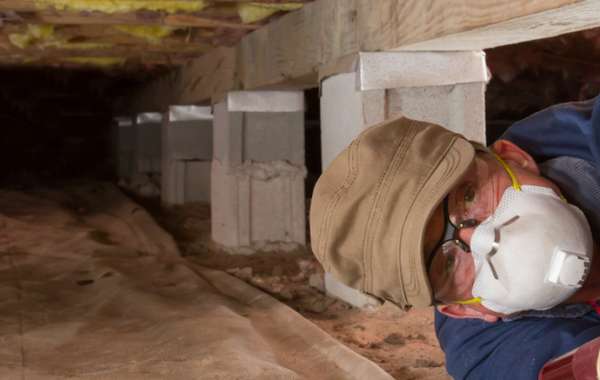
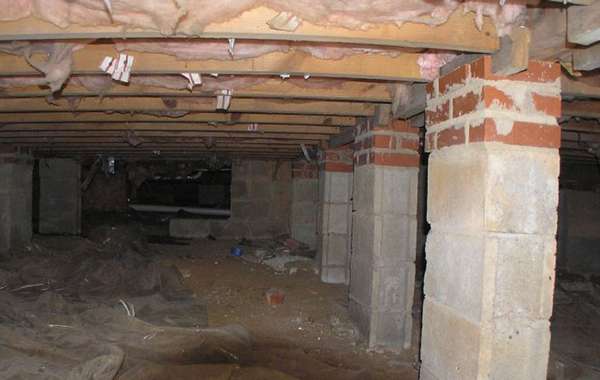
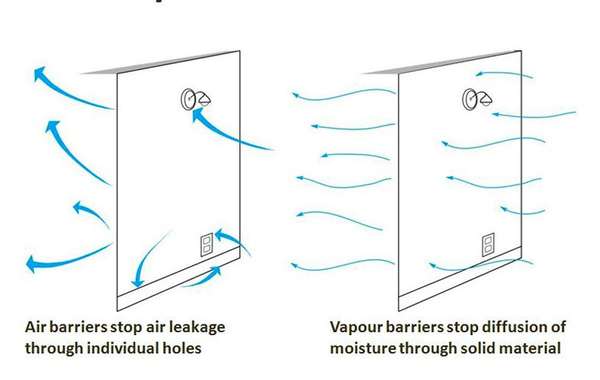
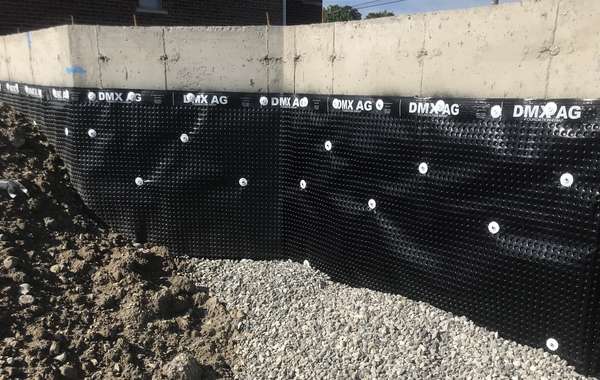
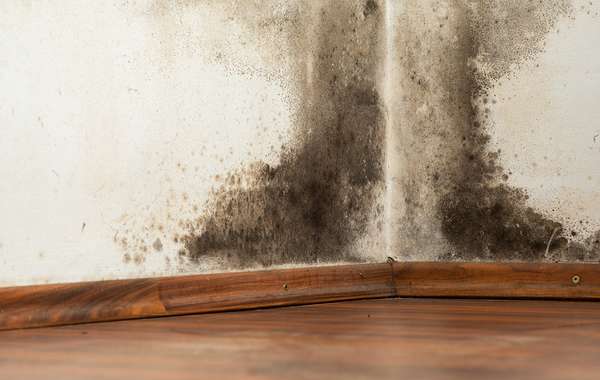
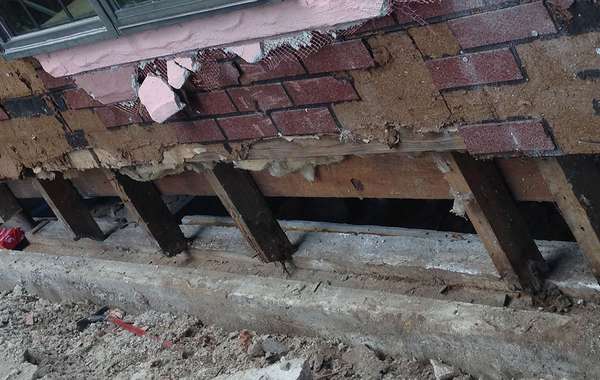
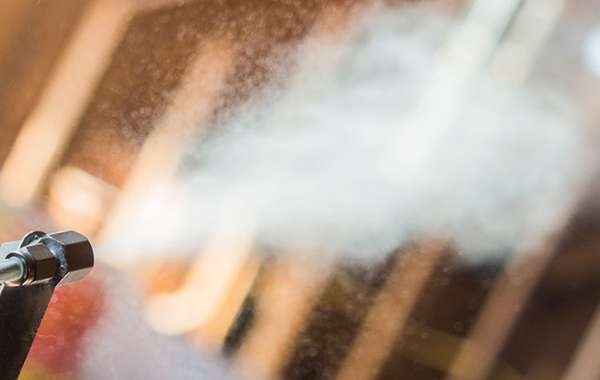
You’ve got two things going here - properly insulating your crawl space and building a wine cellar – I would treat those as two separate issues for the moment, because each space will have different humidity levels and likely temperatures as likely, so you’ll want to treat them as two entirely different conditioned spaces.
First, you’d need to insulate the crawlspace, and there are a few things you have mentioned that would concern me. this page is a good starting place as it covers what to do about an uninsulated crawl space-
How to insulate crawl spaces and prevent moisture damage
Are your wood studs directly against the concrete wall? That’s a problem if so, there should be vapor protection separating them from the concrete.
When separating the two spaces with an insulated interior wall, make sure there is a vapor barrier and keep it on the humid side. So when framing a wall between the crawl space and the wine cellar, make sure the vapor barrier is on the interior of the wine cellar side to contain the higher moisture level.
Having a wine cellar is a nice addition and use of space, but I would keep the first priority making sure that the crawl space in general has a low level of humidity (under 50%Relative Humidity is important)
Another thing that stuck out to me was that it is ventilated. San Francisco is a fairly humid climate, so you are best not to ventilate the crawl space. What can happen, is that the crawl space will be cool, and you are bringing in warm humid air, so there is a risk it will condence on the cold surfaces and allow mold to form.
I think you’d be best to seal the crawl space, add vapor protection and insulation, and run a dehumidifier as needed to keep it under 50% Relative Humidity. As for you wine cellar, keep that room sealed from the rest of the space and raise the humidity to whatever levels are ideal for wine storage using a dedicated humidifier.
Thank you for your answer.
"Are your wood studs directly against the concrete wall?" I'm not sure what you are referring to. There are no concrete walls; only a concrete floor. Everything is above grade. All of the exterior walls are 2x4 construction with stucco siding. Should I apply vapor barrier inside each stud bay, leaving gaps at every stud?
Thanks for confirming that San Francisco is a humid climate. I wasn't sure because the weather is usually warm and dry or cool and moist, so you have clarified this for me.
For the wall between the wine cellar and the house interior, your recommendation is to put the vapor barrier on the wine cellar side because the wine cellar will have greater relative humidity (70% RH) than the house (50% RH). But if the interior of the house is warmer than the wine cellar, then which space contains more water vapor? The cool humid air of the wine cellar or the warmer air inside the house?
The article on insulating crawlspaces makes no mention of insulating the ceiling of a crawlspace, which implies that no insulation should be added and that the crawlspace is to be inside the conditioned envelope of the home. However, in my situation, after I partition the crawlspace into a wine cellar side and a crawlspace side, the crawlspace will not have any wall or ceiling adjacent to the house interior. The ceiling will be under the front porch and steps. Some walls will be exterior walls, and the other walls will be adjacent to the wine cellar. If I follow your recommendations for sealing the crawlspace, then the crawlspace will be it's own space encapsulated in vapor barrier with insulation lining the inside. Does this at all affect your recommendation?
The idea of creating a humidified wine cellar and a separate dehumidified crawlspace is making me wonder whether it would be simpler to instead convert the entire crawlspace to a wine cellar. In this case, I would seal the vents, and I think I would apply vapor barrier towards the outside of the exterior walls. Is this correct? Is the moist San Francisco climate more moist than a wine cellar? I found this psychrometric chart for my region in case you are interested in that kind of thing. https://www.researchgate.net/figure/Psychrometric-chart-for-San-Francisco-weather-file-characterising-the-climate-of_fig12_324031862
Thanks again for delving into this with me.
JC
Hi JC, I've copied your questions and comments to make it easier, my responses are in bold -
Thank you for your answer. "Are your wood studs directly against the concrete wall?" I'm not sure what you are referring to. There are no concrete walls; only a concrete floor. Everything is above grade. All of the exterior walls are 2x4 construction with stucco siding. Should I apply vapor barrier inside each stud bay, leaving gaps at every stud?
Sorry – when you said ‘crawlspace’ I conjured an image of concrete or block walls. It also says slab on grade, so I’m still a bit confused. To clarify – you have a slab on grade home, but the bottom level is only 4 feet tall, but all above grade with wood framed walls? I’ve not heard of that so just making sure we’re mowing what you’re growing here…Sounds like when you walk home you have to walk upstairs to get to your main floor because of the crawlspace then?
Thanks for confirming that San Francisco is a humid climate. I wasn't sure because the weather is usually warm and dry or cool and moist, so you have clarified this for me.
That’s just what I found for climate data online. There can be micro-climates in any region that create different conditions for a house, like prevailing winds, shading or full sun access, proximity to any local water ways etc., so if that is a surpirse in any way, go with your own judgement too, a hygrometer would let you continuously monitor in real-time the Relative Humidity levels inside and out.
For the wall between the wine cellar and the house interior, your recommendation is to put the vapor barrier on the wine cellar side because the wine cellar will have greater relative humidity (70% RH) than the house (50% RH). But if the interior of the house is warmer than the wine cellar, then which space contains more water vapor? The cool humid air of the wine cellar or the warmer air inside the house?
You make a good point – a vapor barrier should be on the warm side of the insulation, but this is a special case. The location of a vapor barrier in a cold climate is based on the assumption of pretty extreme temperature differences on either side of a wall, but in your case the temperature difference isn’t that great.
So I was more thinking about containing the moisture. That said, 50% to 70% RH isn’t too crazy a difference either. I don’t think you can really go wrong either way since this is not a typical situation, but with a little further thinking about this, I think you should just use foam panels. A 2 inch EPS foam panel will act as a vapor barrier, but from each side, so problem solved.
The article on insulating crawlspaces makes no mention of insulating the ceiling of a crawlspace, which implies that no insulation should be added and that the crawlspace is to be inside the conditioned envelope of the home.
That depends on whether or not you would treat the crawlspace as part of the conditioned space. If the floor is insulated and you keep it warm down there then you don’t need any insulation in the floor joists, but if you keep it cool then you would likely want insulation, even just for comfort if nothing else.
However, in my situation, after I partition the crawlspace into a wine cellar side and a crawlspace side, the crawlspace will not have any wall or ceiling adjacent to the house interior. The ceiling will be under the front porch and steps. Some walls will be exterior walls, and the other walls will be adjacent to the wine cellar. If I follow your recommendations for sealing the crawlspace, then the crawlspace will be it's own space encapsulated in vapor barrier with insulation lining the inside. Does this at all affect your recommendation?
I’m still mildly puzzled by your ‘crawlspace’ as it is all above grade and framed with wood, but, a sealed crawlspace is fine, and in reality no space will be perfectly air-sealed no matter how we try, air pressure will find some leaks, so the air will be changed if at a low rate. It would be wise to monitor the humidity in any enclosed space and keep a dehumidifier running if necessary.
The idea of creating a humidified wine cellar and a separate dehumidified crawlspace is making me wonder whether it would be simpler to instead convert the entire crawlspace to a wine cellar. In this case, I would seal the vents, and I think I would apply vapor barrier towards the outside of the exterior walls. Is this correct? Is the moist San Francisco climate more moist than a wine cellar?
Sure, get a few more bottles and make the whole thing a wine cellar!
Thanks again for delving into this with me.
JC
Thank you. This is great advice.
I didn't realize my crawlspace was unusual. I guess it is more of a half-height room, but with insulation, vents, no drywall, and no door (until we installed one). Some of the space is under the foyer and some is under the front porch steps.
You have addressed all of my questions :)
Glad we could help JC good luck!